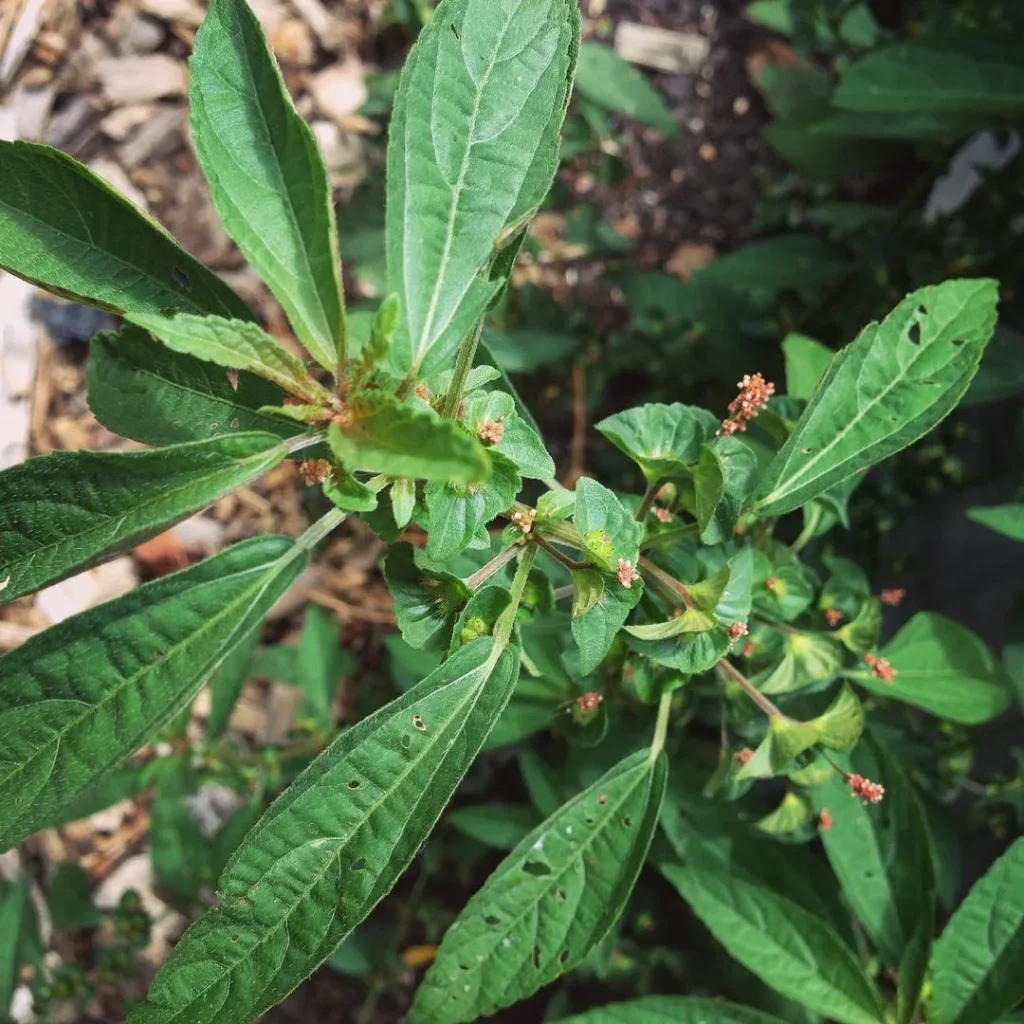FAQs About Cercocarpus Ledifolius
As a passionate plant enthusiast, I’ve come to appreciate the unique qualities of Cercocarpus Ledifolius, commonly known as Mountain Mahogany. This hardy shrub or small tree offers both beauty and functionality in various landscapes. In this article, I’ll share my insights and experiences regarding some frequently asked questions about this remarkable plant.
Plant Family: 115 Genera Rosaceae – Rose Family
What is Cercocarpus Ledifolius?
Cercocarpus Ledifolius is a native shrub or small tree belong to the Rosaceae family, found primarily in the western United States. It thrives in arid environments and is often seen in mountainous regions. Known for its leathery, oval-shaped leaves, this plant can grow up to 20 feet tall and spreads about 10 feet wide. The distinctive bark has a rough texture, and in spring, it produces small, white flowers that attract pollinators. One of the most notable features is its unique seed heads, which have long, feathery tails that can be quite striking.
How to Care for Cercocarpus Ledifolius?
Caring for Cercocarpus Ledifolius is relatively straightforward. Here are some key tips based on my experience:
- Light: This plant thrives in full sun but can tolerate partial shade. However, for optimal growth, aim for at least six hours of direct sunlight daily.
- Soil: Cercocarpus Ledifolius prefers well-draining soil. Sandy or rocky soil mimics its native habitat best. If your soil retains too much moisture, consider amending it with sand or gravel.
- Watering: This plant is drought-tolerant once established. I usually water it deeply every few weeks during dry spells, but be careful not to overwater, as this can lead to root rot.
- Pruning: Pruning is essential to maintain its shape and remove any dead or damaged branches. Late winter or early spring is the best time for pruning.
How to Propagate Cercocarpus Ledifolius?
Propagating Cercocarpus Ledifolius can be a rewarding experience. I’ve had success using two methods: seeds and cuttings.
- From Seeds: Collect seeds in late summer and soak them in water for a day to help with germination. Plant them in well-draining soil and keep them moist. Germination typically occurs in a few weeks.
- From Cuttings: Take semi-hardwood cuttings in late spring or early summer. Dip the cut end in rooting hormone and plant it in a pot filled with well-draining soil. Keep the soil moist but not soggy. Roots should develop within a few weeks.
What to Plant with Cercocarpus Ledifolius?
Pairing Cercocarpus Ledifolius with complementary plants can enhance your landscape. I often recommend drought-tolerant species that thrive in similar conditions. Consider planting:
- Lavender: Its fragrant flowers and silvery foliage provide a beautiful contrast.
- Agave: The sculptural form of agave creates a striking visual when paired with Mountain Mahogany.
- Sage: This aromatic herb not only thrives in dry conditions but also attracts pollinators.
Is Cercocarpus Ledifolius Toxic?
One of the advantages of Cercocarpus Ledifolius is that it is non-toxic to pets and humans. I often encourage families to incorporate it into their gardens without worry. This makes it a great choice for those with children or pets.
Benefits of Growing Cercocarpus Ledifolius
Growing Cercocarpus Ledifolius comes with several benefits:
- Drought Resistance: Its ability to thrive in dry conditions makes it an ideal choice for xeriscaping.
- Wildlife Habitat: The plant provides shelter and food for various birds and insects, enhancing biodiversity in your garden.
- Erosion Control: Its extensive root system helps stabilize soil, making it effective for preventing erosion on slopes.
Common Problems with Cercocarpus Ledifolius
While Cercocarpus Ledifolius is generally low-maintenance, it can face a few issues:
- Pests: Watch for aphids and spider mites, especially during hot, dry weather. I’ve found that a simple spray of water can often dislodge these pests.
- Diseases: Root rot can occur if the plant is overwatered. Ensuring well-draining soil is crucial to prevent this.
- Leaf Drop: If you notice leaves dropping, it may be a sign of stress from too much water or insufficient light. Adjusting care practices usually resolves this.
Comparing Cercocarpus Ledifolius with Other Similar Plants
Cercocarpus Ledifolius can often be confused with other drought-resistant shrubs. For example, it may resemble Artemisia (sagebrush) or Chilopsis (desert willow) in terms of habitat and appearance. However, while both share similar environments, Cercocarpus Ledifolius has a more distinct leaf shape and seed structure.
Conclusion
Cercocarpus Ledifolius is a resilient and beautiful addition to any garden, especially in arid climates. From its care to its benefits, this plant has much to offer. Whether you’re a seasoned gardener or a novice, I believe incorporating Mountain Mahogany will enhance your landscape while providing ecological benefits. Happy gardening!
If i die, water my plants!



